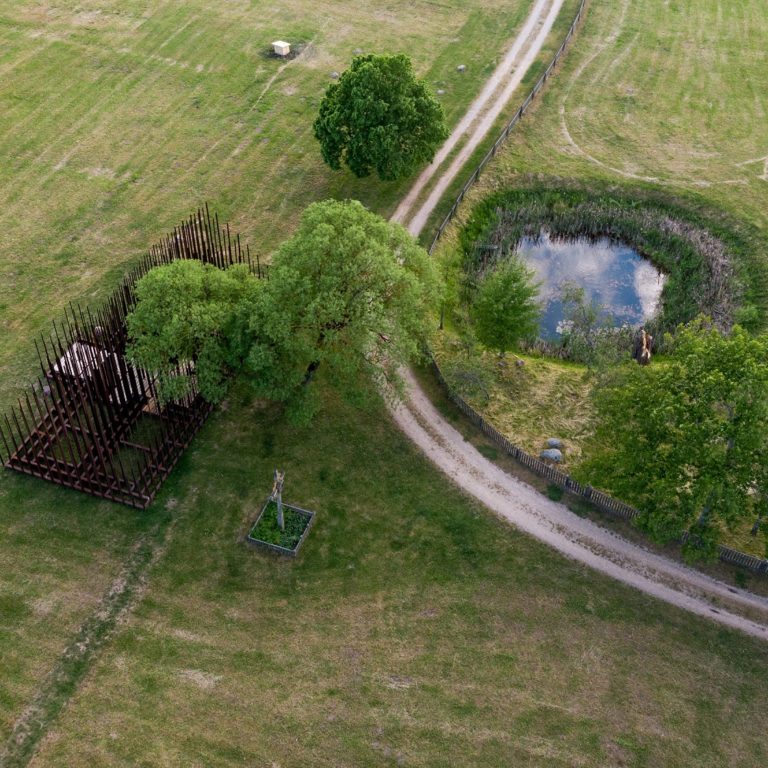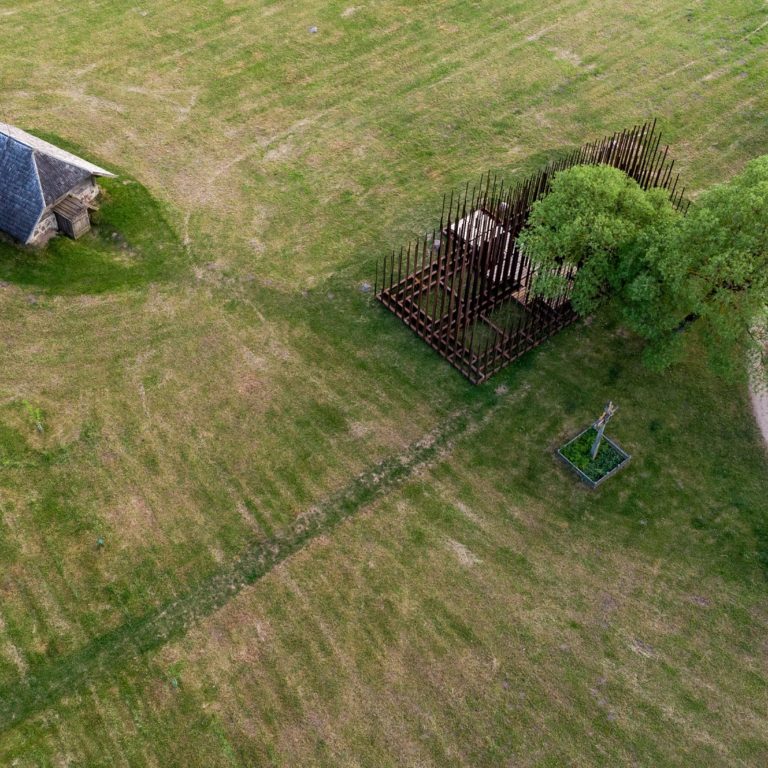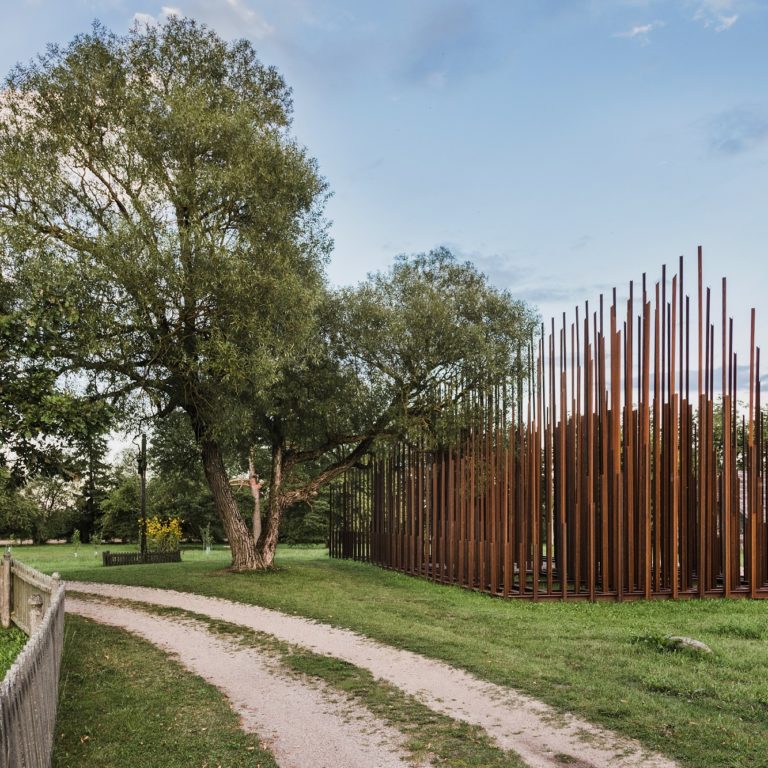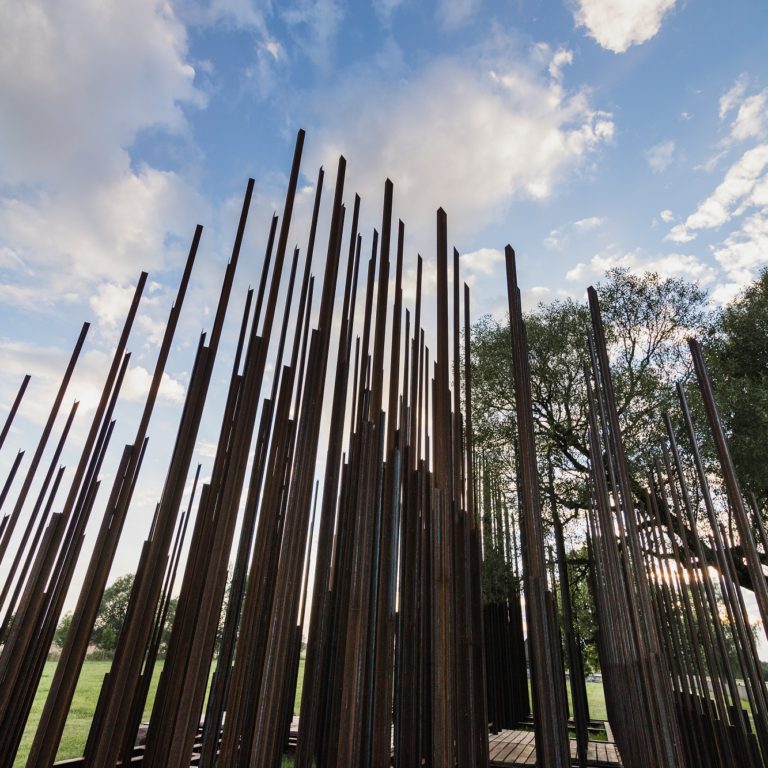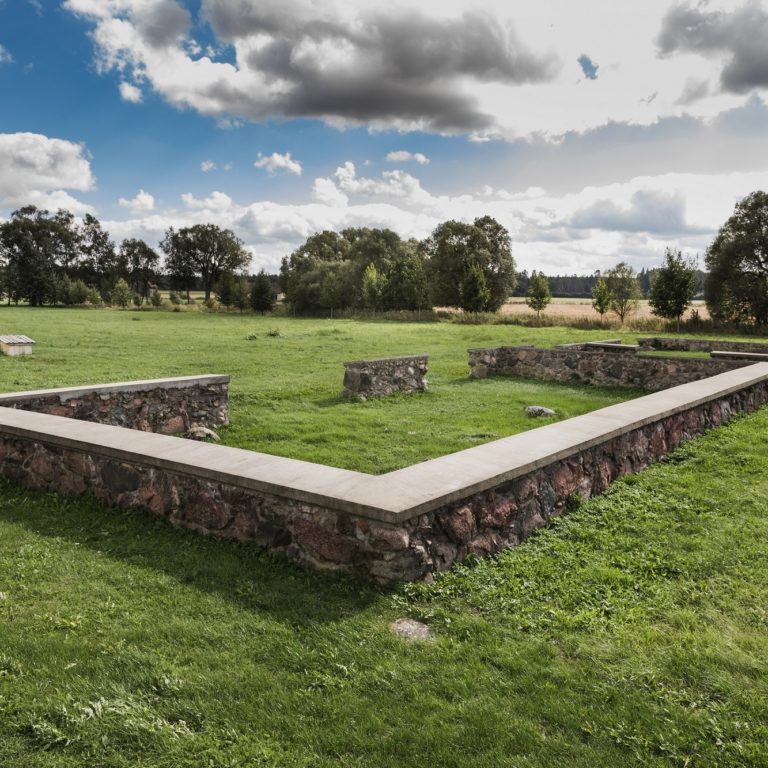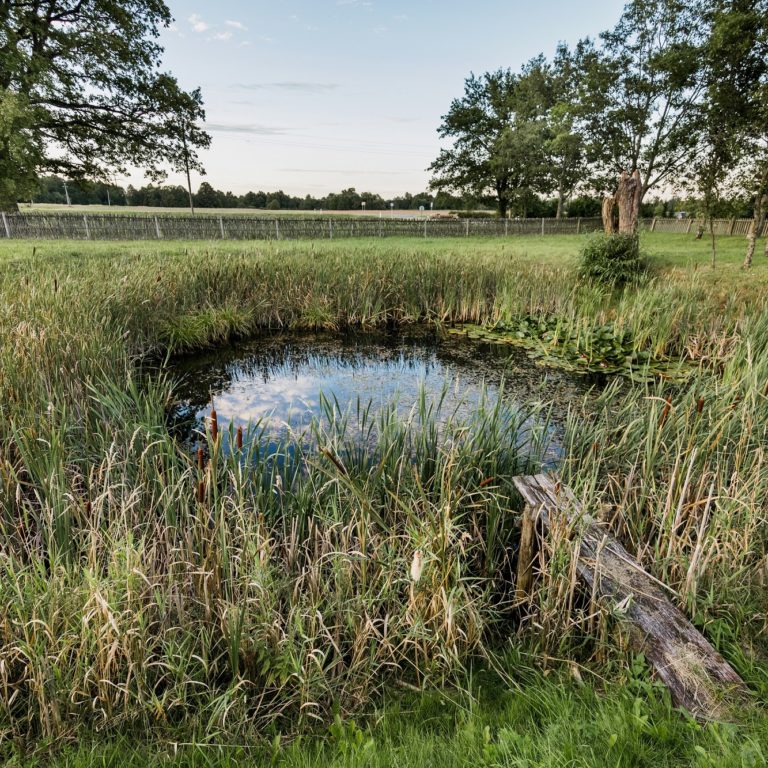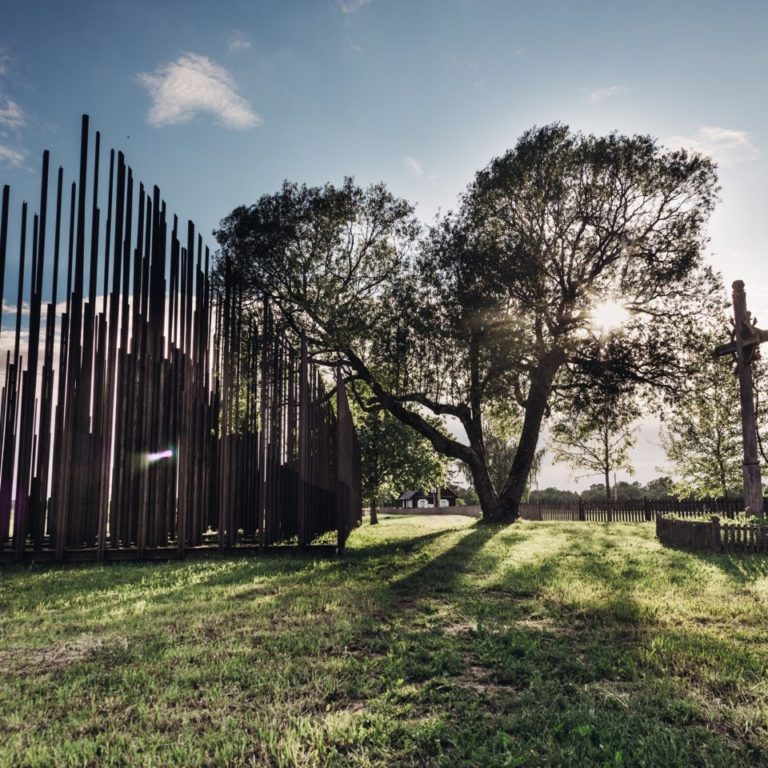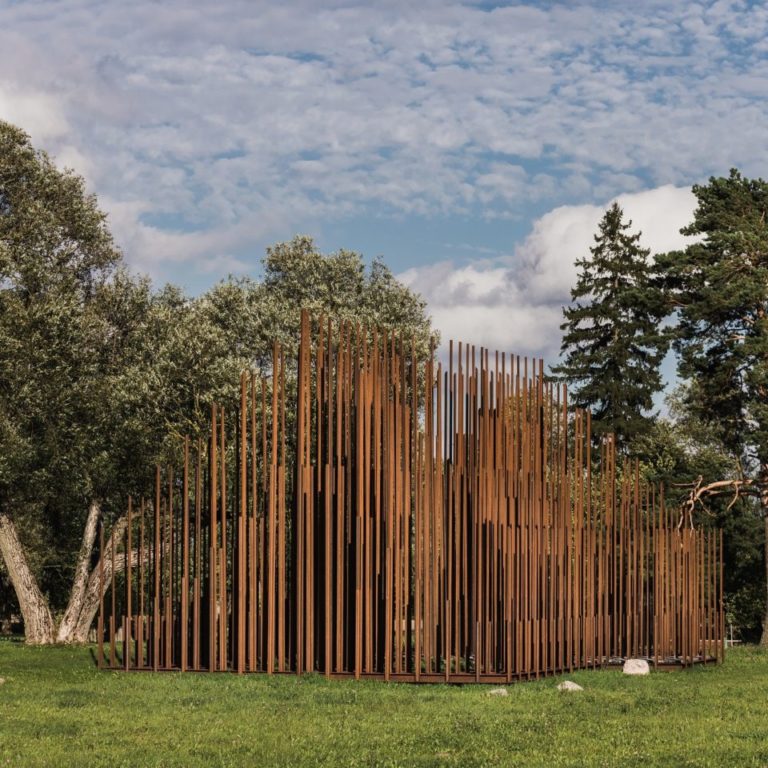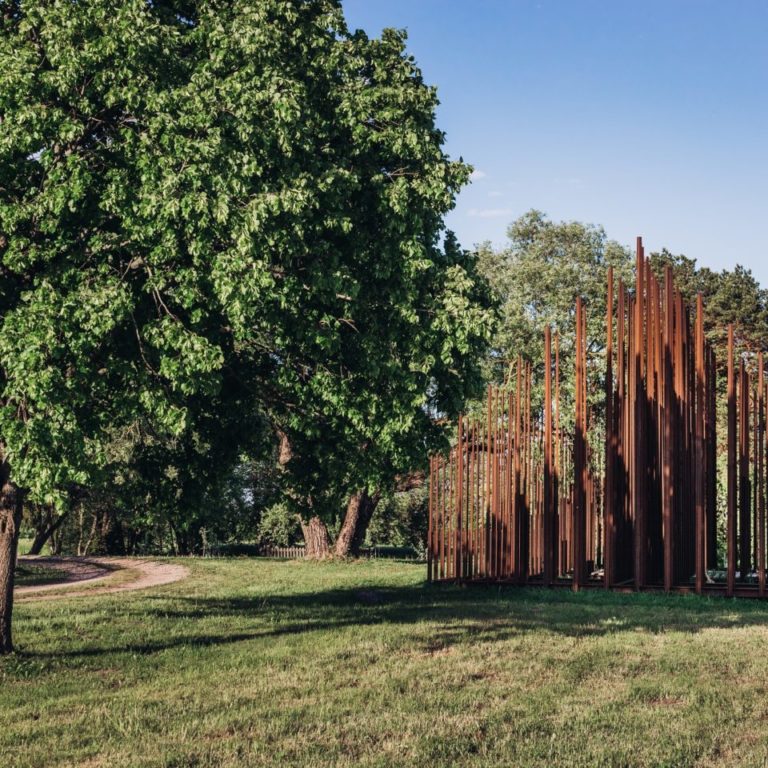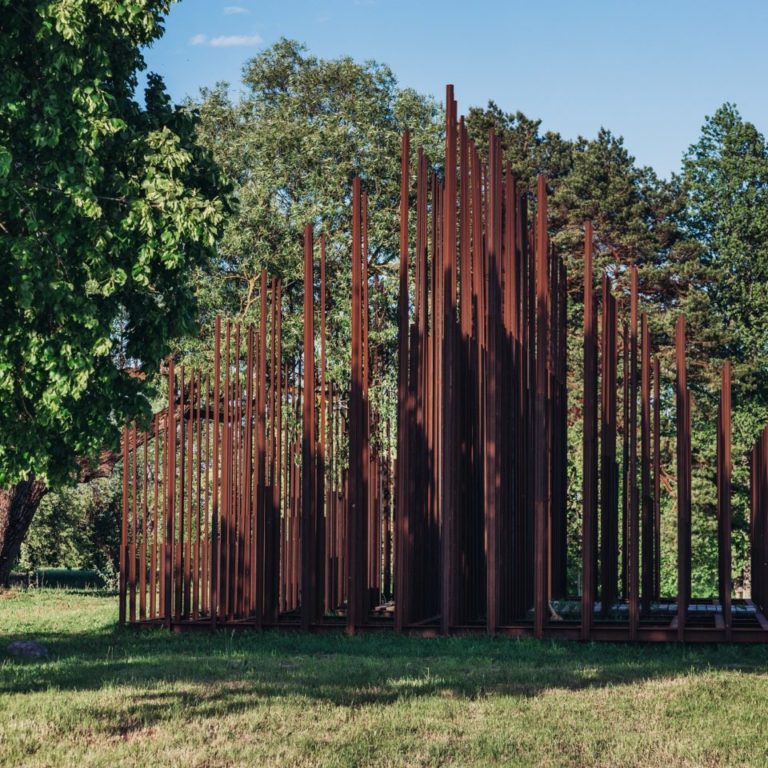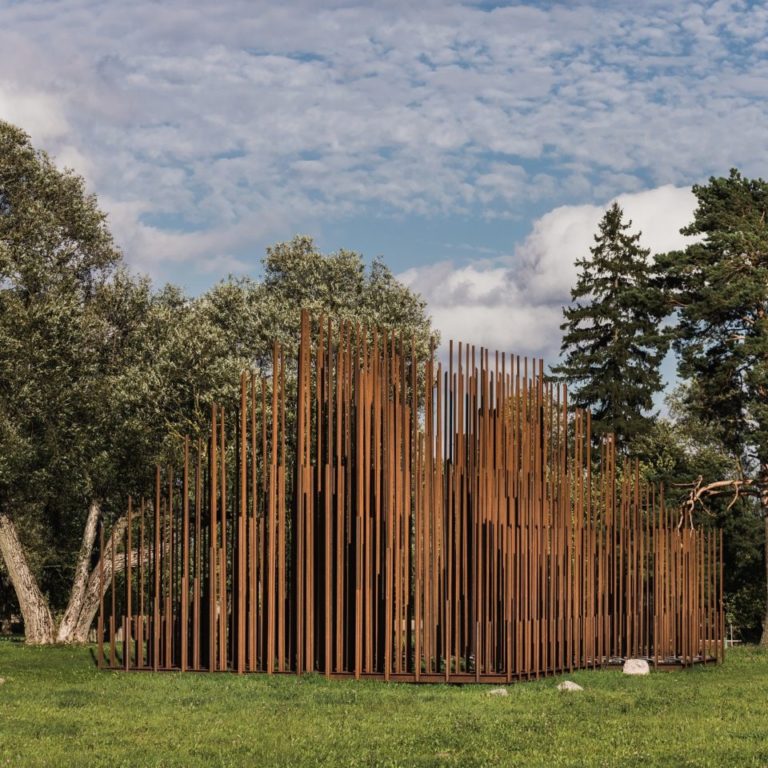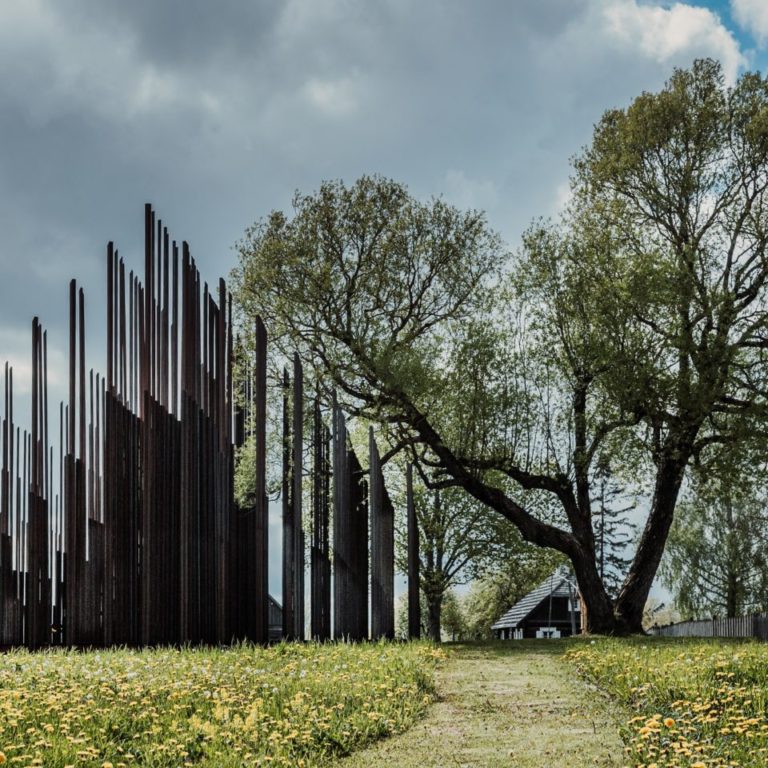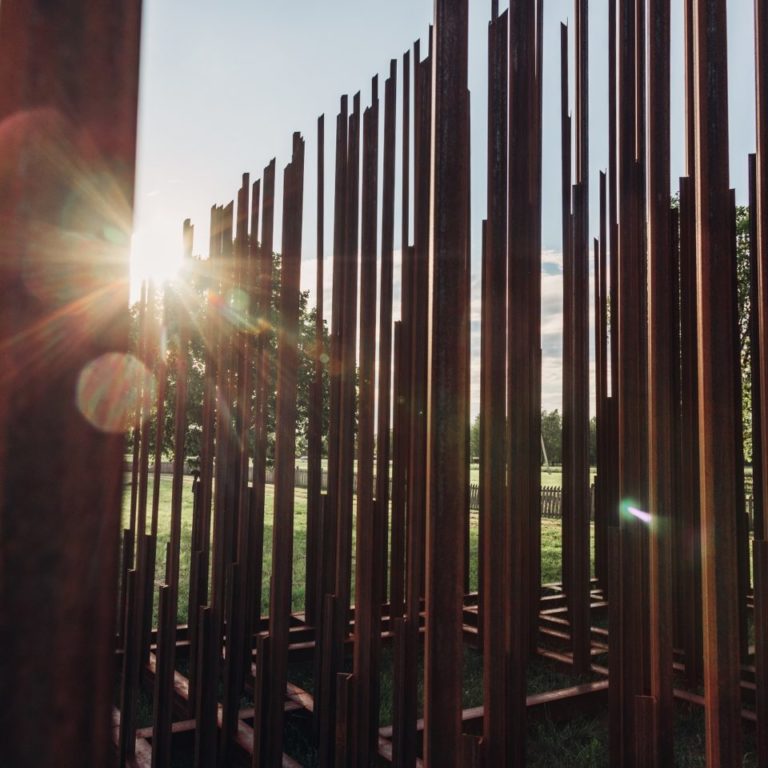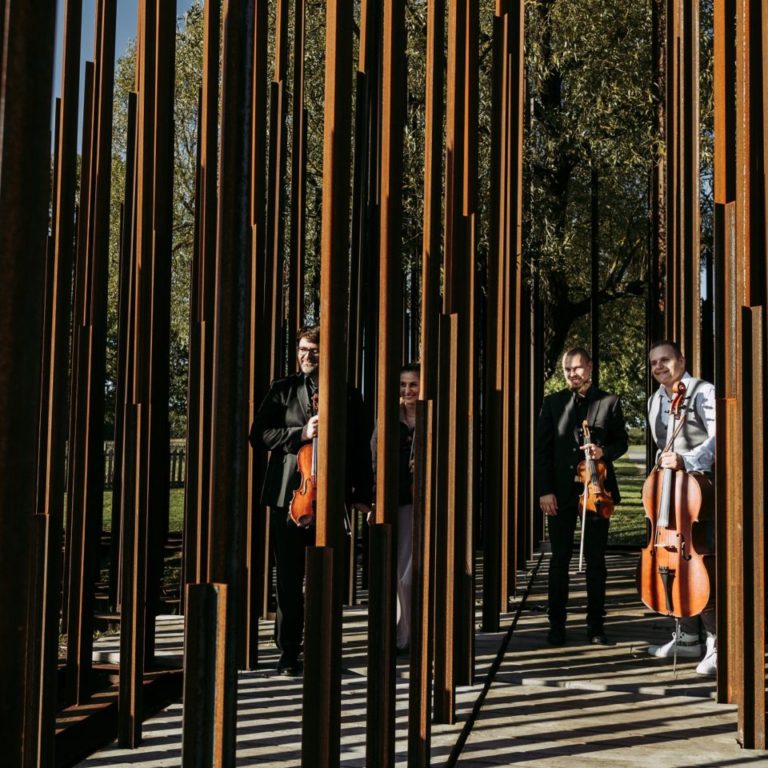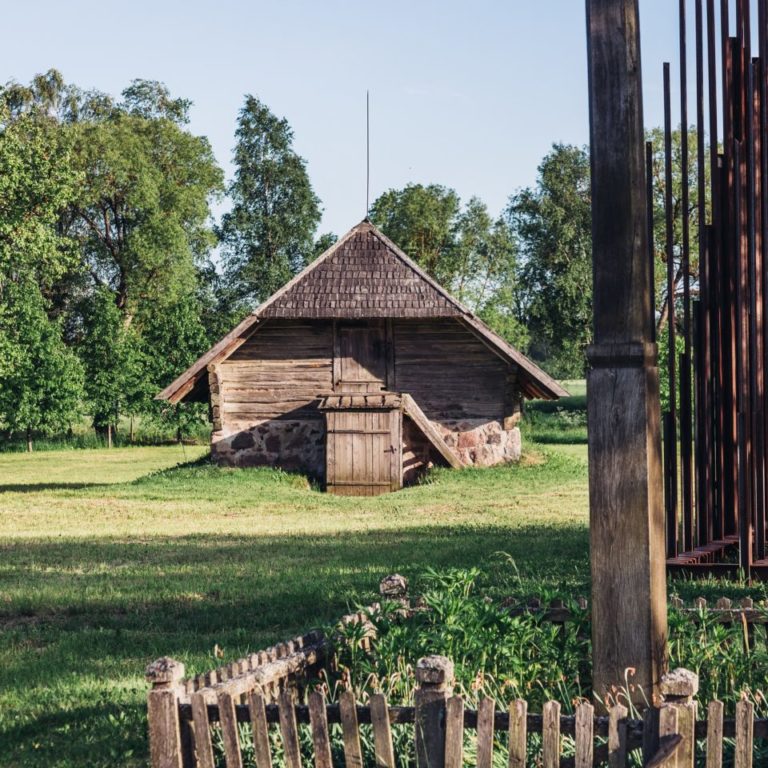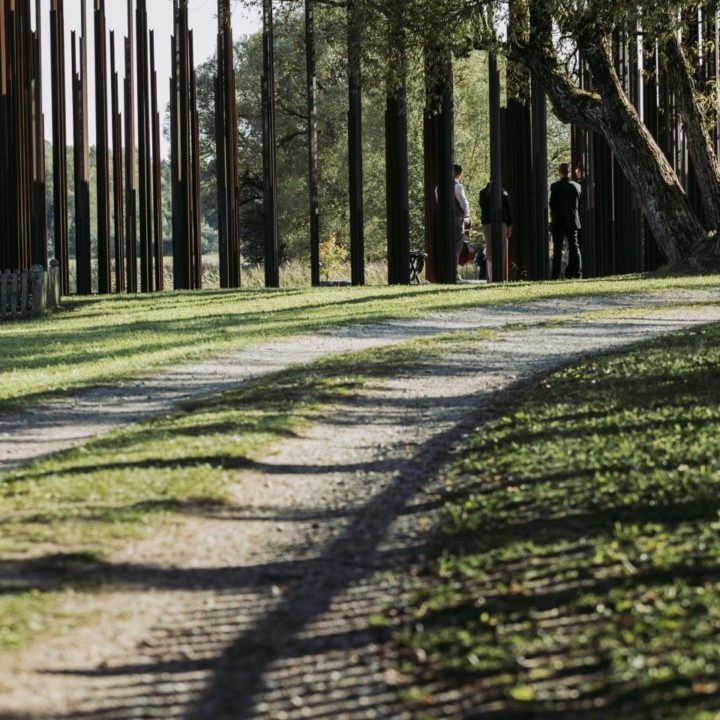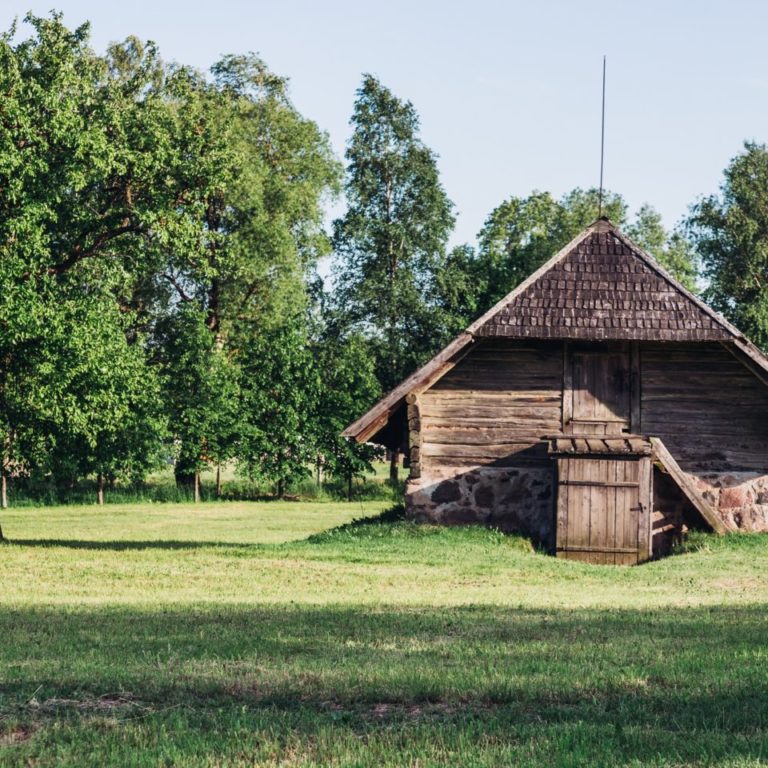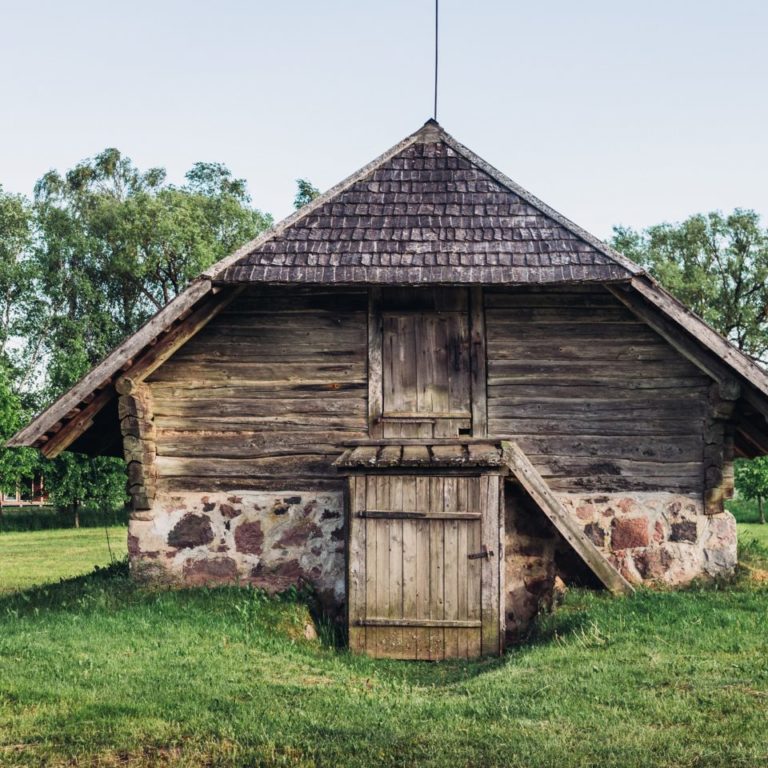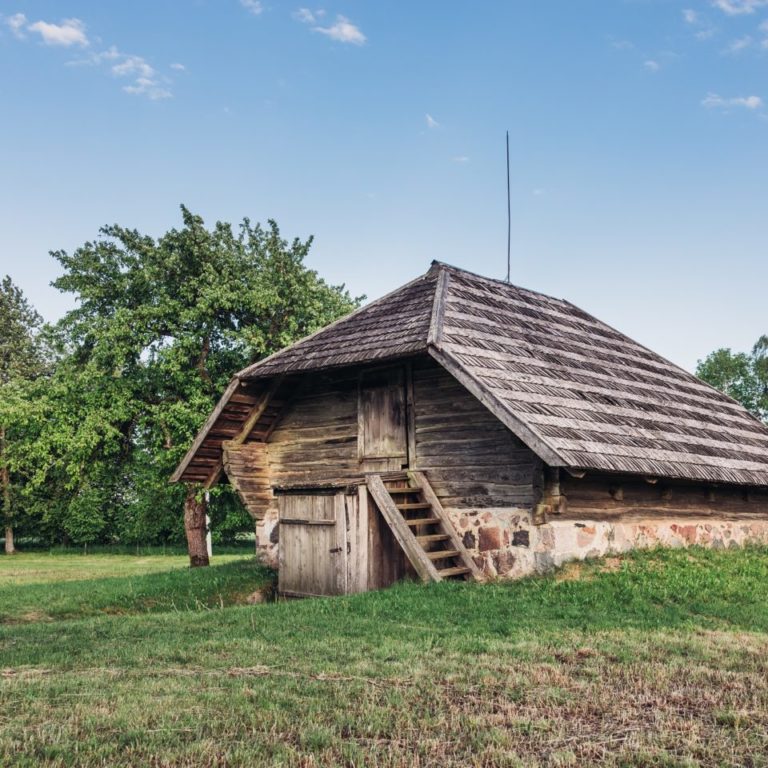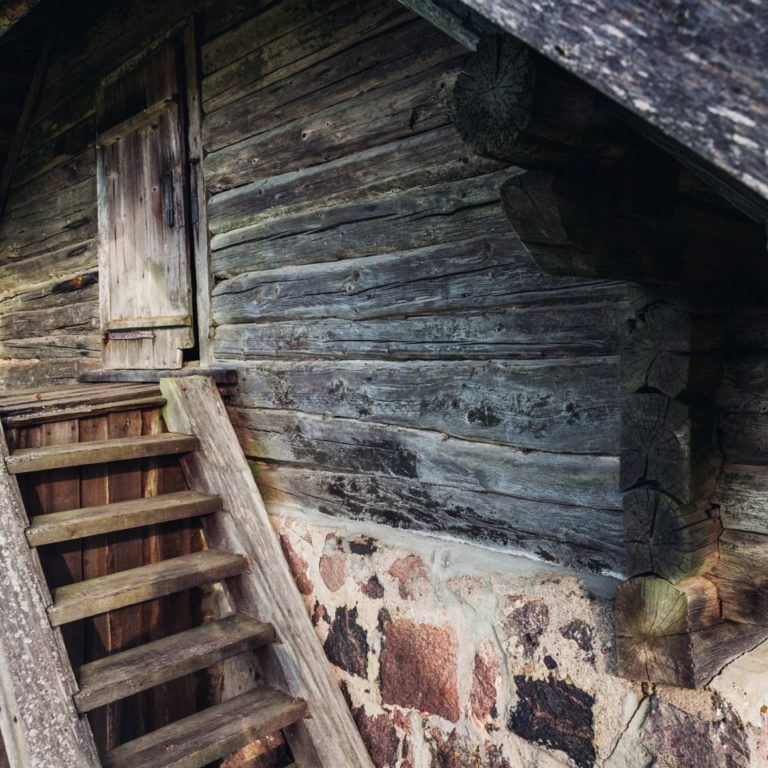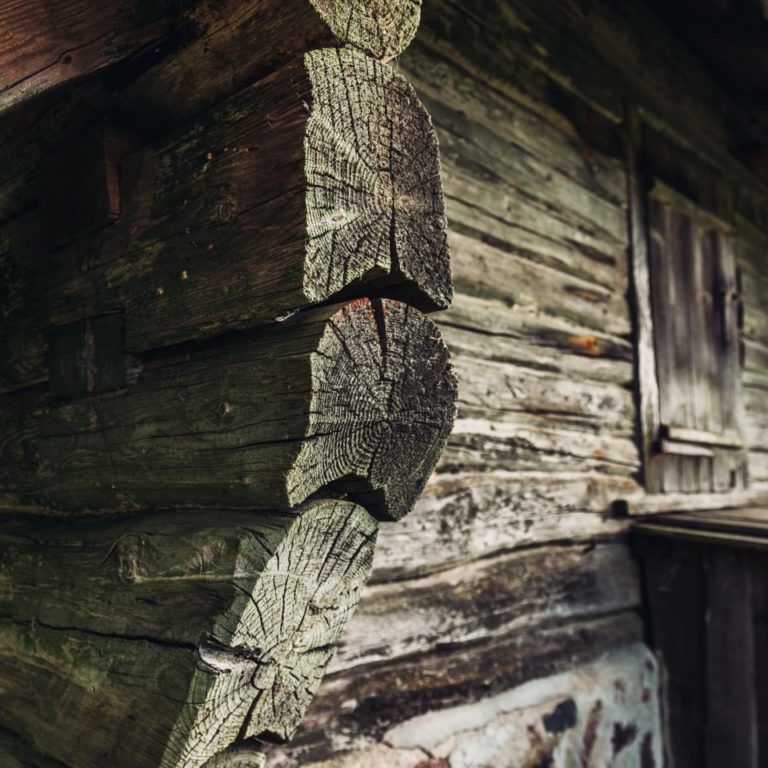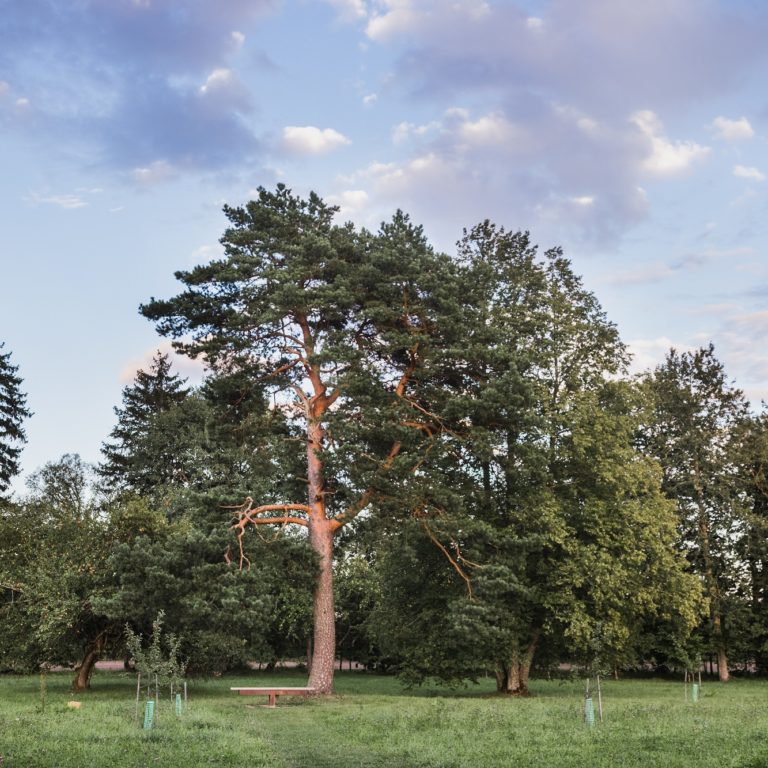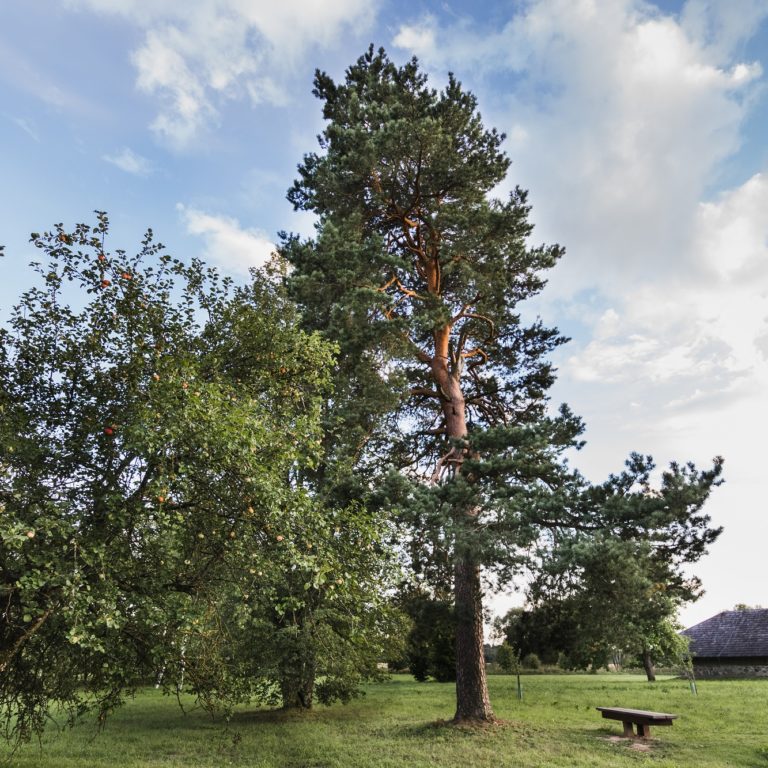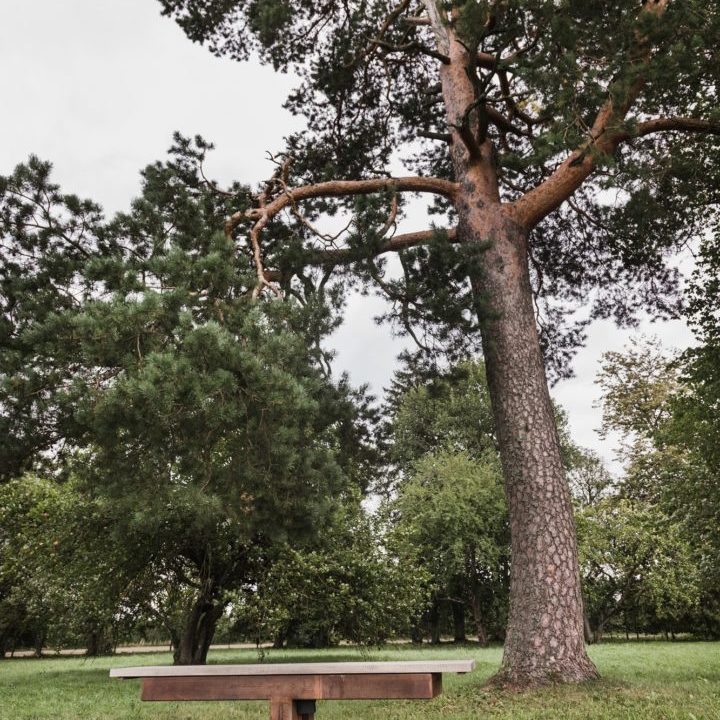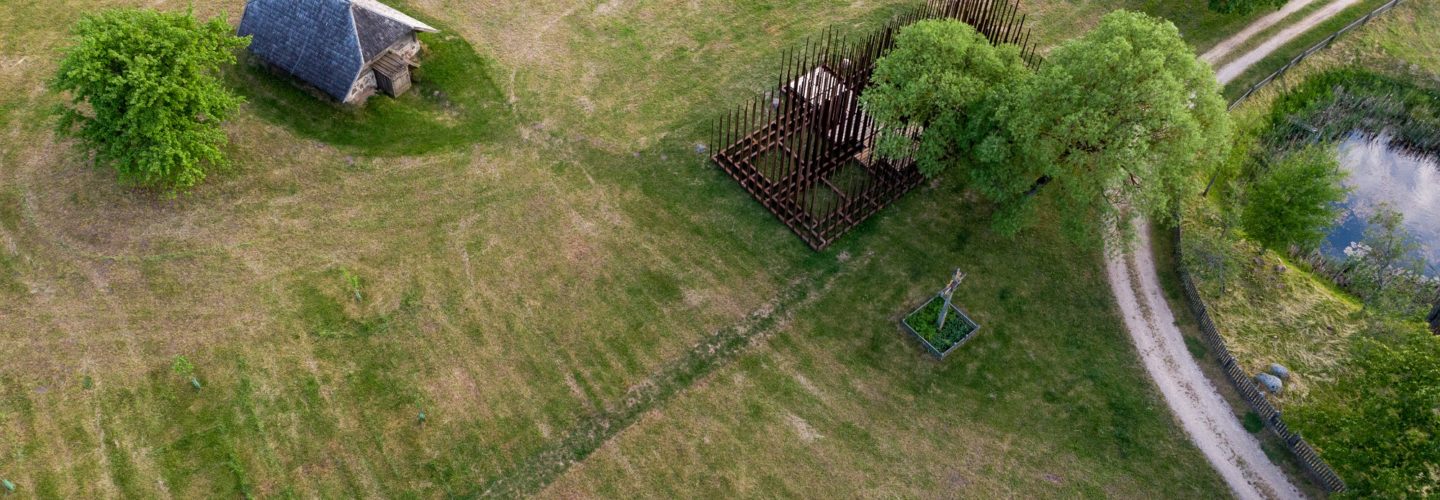
Bernotai: the homestead of Jonas Mačiulis-Maironis‘ parents where the poet spent several years of his childhood, and often paid long visits to in manhood. 45 hectares of farmland and 19 hectares of woodland belonged to the farmstead. The grange covered almost a rectangular, canted in the south-eastern corner land lot. A byway wound into it from the public road and made a straight angle to the west towards the buildings of the household part of the manor. The junction of the two roads was staked by a cross. There was one more cross in the centre of the homestead at the approaches to the main house. In the representational part of the manor, to the south from the turn-off there was a manor house of the rectangular layout of two ends, and a two-room granary, situated in front of each other. The garden stretched to the east from the representational part of the manor. The east border of the garden was lined by tall trees. The small carriage building house was in the north, near the driveway. In the centre of the garden, there was a well with a sweep, and two pine trees, an old one and a young one. The manor’s ice-house was in the south-east from the house. In the household part of the homestead, there were some cattle-sheds and stack yards, and a paddock for cattle was formed by a two-metre fence with a gate to the representational part of the manor. The homestead was practically destroyed during the 1st World War. Only the substructure of the big cattle-shed, the manor’s ice-house, as well as Maironis’ pine tree, remained. The remaining homestead is guarded by a cross, re-erected in 1989, and since 2019, by an installation art exhibit, simulating the vision of a lost manor house, built on the substructure of the manor.
The house itself was long and wooden with a high stone substructure. On the side for the guests, there were three rooms, and on the side for the family, there were rooms for parents and children, a big kitchen, a study porch, a firepit for the chimney, and a clean hall with an open porch. In the attic, there was a place called “salkos” with a view to the lovely garden. In 1915, during the 1st World War, cannonballs destroyed Mačiuliai homestead, and the land around it was rugged by trenches. In 2019, having implemented a cultural art project, a precise outline of Maironis manor house was reproduced in the place of the destroyed Mačiuliai family house that helps a visitor perceive historical cataclysmic events.
The manor’s ice-house, a unique 19th-century building that used to serve the owners for many years, remained in the homestead. Brought from the Luknė rivulet, spread by some sawdust, blocks of ice in the ice-house kept out the cold during the whole summer.
The old Mačiuliai garden barely survived. A magnificent century-old pine is something that will catch the eye of anyone visiting the place. It was brought from the forest and planted by Maironis father Aleksandras when Jonukas was born. Maironis hedged the pipe and planted some flowers called the Sweet William. While resting in the shade of the pine, Maironis created some stanzas of “Pavasario balsai”. An installation art exhibit “A Singing Bench” wraps a resting visitor with Maironis poetry and song melodies.

